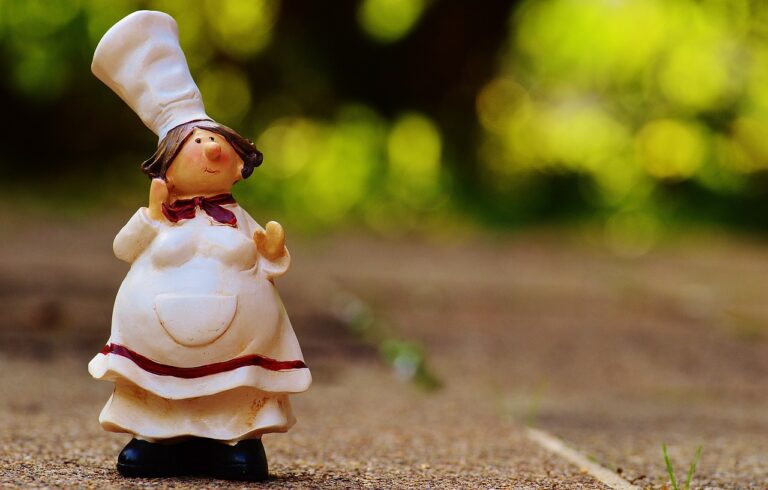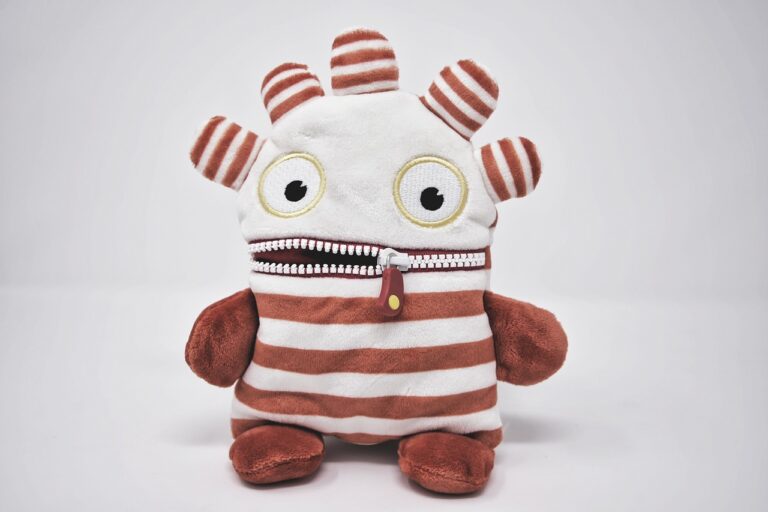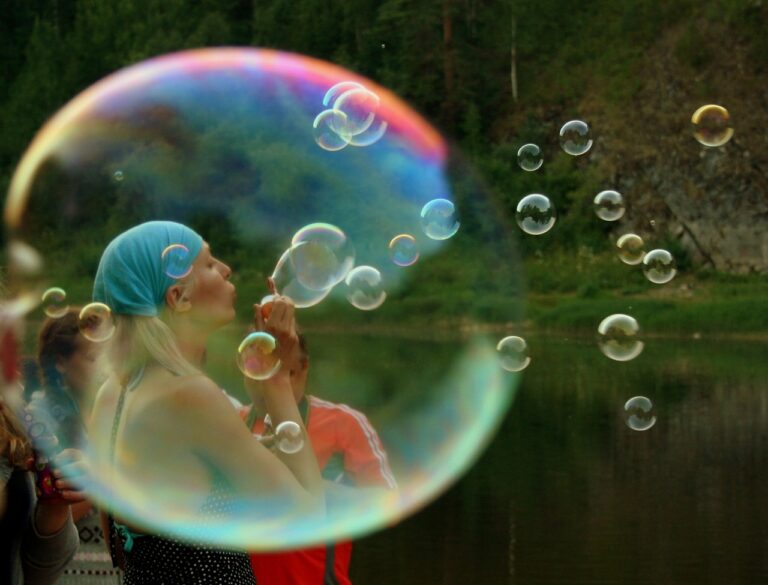The Role of TV Production Storyboard Artists
allpaanel mahadev book, mahadev book login id and password, online cricket id:The Role of TV Production Storyboard Artists
If you’ve ever watched a TV show or movie and wondered how everything seems to flow seamlessly from one scene to the next, you have storyboard artists to thank. These talented individuals play a crucial role in the TV production process, helping to bring the director’s vision to life and ensure that every shot is meticulously planned out before filming begins.
Storyboard artists work closely with the director and other members of the production team to create a visual roadmap for each scene. They are responsible for sketching out each shot, framing, and camera angle, helping to establish the overall look and feel of the project.
In this blog post, we’ll explore the role of TV production storyboard artists in more detail, examining the skills they bring to the table, the importance of their work, and how they contribute to the creative process.
Understanding the Role of a Storyboard Artist
Storyboard artists are essentially visual storytellers. They take the script and translate it into a series of drawings that outline the sequence of shots for each scene. These drawings serve as a blueprint for the director, helping them to plan out the shots, camera movements, and blocking before filming begins.
Storyboard artists are skilled at capturing the mood, tone, and emotion of a scene through their drawings. They must have a keen eye for detail, an understanding of cinematography, and the ability to communicate ideas visually.
The Importance of Storyboarding in TV Production
Storyboarding is a crucial step in the TV production process. It allows the director to visualize the project before filming begins, ensuring that every shot is carefully planned out and executed. By creating a storyboard, the director can experiment with different camera angles, compositions, and movements, helping to enhance the story and bring it to life on screen.
Storyboarding also helps to streamline the production process by providing a clear roadmap for the entire team to follow. By having a visual reference to work from, everyone involved in the production can stay on the same page and work towards a common goal.
Skills Required to Become a Storyboard Artist
To become a storyboard artist in the TV production industry, you need a combination of artistic talent, technical skill, and creative vision. Here are some of the key skills required to succeed in this role:
1. Drawing Skills: Storyboard artists must be able to create detailed and accurate drawings that capture the essence of a scene.
2. Understanding of Cinematography: Storyboard artists should have a good grasp of camera angles, lighting, framing, and composition.
3. Communication Skills: Storyboard artists must be able to effectively communicate their ideas to the director and production team.
4. Creativity: Storyboard artists need to think creatively and come up with innovative ways to visually tell a story.
5. Attention to Detail: Storyboard artists must pay close attention to detail to ensure that every shot is accurately represented.
The Creative Process of Storyboarding
The creative process of storyboarding typically begins with the script. The storyboard artist will read the script and work closely with the director to visualize each scene. They’ll sketch out rough thumbnails of the shots, experimenting with different angles, compositions, and camera movements.
Once the director approves the initial sketches, the storyboard artist will then create more detailed storyboards, fleshing out each shot with more precision and detail. These storyboards will serve as a guide for the entire production team, helping everyone to understand the director’s vision and work towards bringing it to life on screen.
Storyboarding is an iterative process, with revisions and refinements made along the way. The storyboard artist must be open to feedback and willing to collaborate with the director and other team members to ensure that the final product meets everyone’s expectations.
The Impact of Storyboarding on TV Production
Storyboarding has a significant impact on TV production, helping to streamline the creative process and ensure that every shot is carefully planned out and executed. By creating a storyboard, the director can experiment with different visual techniques, refine the story, and enhance the overall quality of the project.
Storyboarding also helps to save time and money by eliminating the need for reshoots or last-minute changes. By having a clear roadmap to follow, the production team can work more efficiently and effectively, ultimately delivering a higher quality end product.
FAQs
Q: What is a storyboard?
A: A storyboard is a series of drawings that outline the sequence of shots for each scene in a TV show or movie.
Q: What is the role of a storyboard artist?
A: Storyboard artists are responsible for sketching out each shot, framing, and camera angle, helping to establish the overall look and feel of a project.
Q: Why is storyboarding important in TV production?
A: Storyboarding allows the director to visualize the project before filming begins, ensuring that every shot is carefully planned out and executed.
Q: What skills are required to become a storyboard artist?
A: Drawing skills, understanding of cinematography, communication skills, creativity, and attention to detail are key skills required to succeed as a storyboard artist.
Q: How does storyboarding impact TV production?
A: Storyboarding helps to streamline the creative process, save time and money, and enhance the overall quality of a TV show or movie.
In conclusion, storyboard artists play a vital role in the TV production process, helping to bring the director’s vision to life and ensure that every shot is meticulously planned out before filming begins. Their creative skills, attention to detail, and ability to communicate visually are essential in creating a successful project. By understanding the role of storyboard artists and the importance of their work, we gain a deeper appreciation for the art of storytelling in television production.







